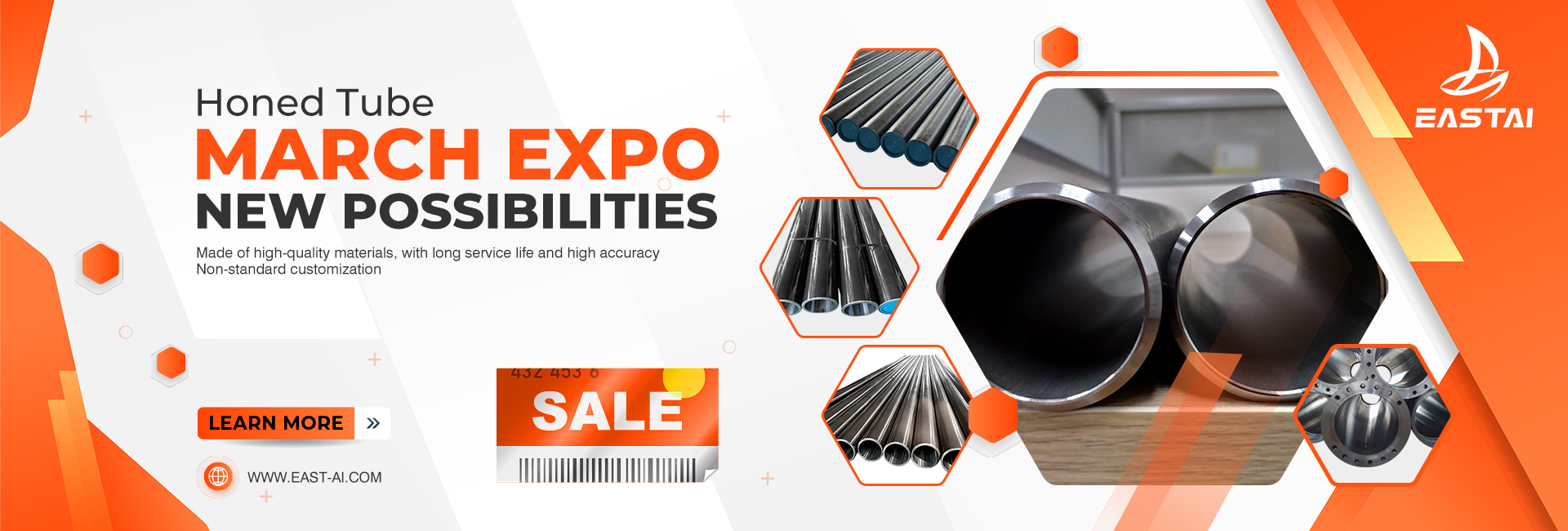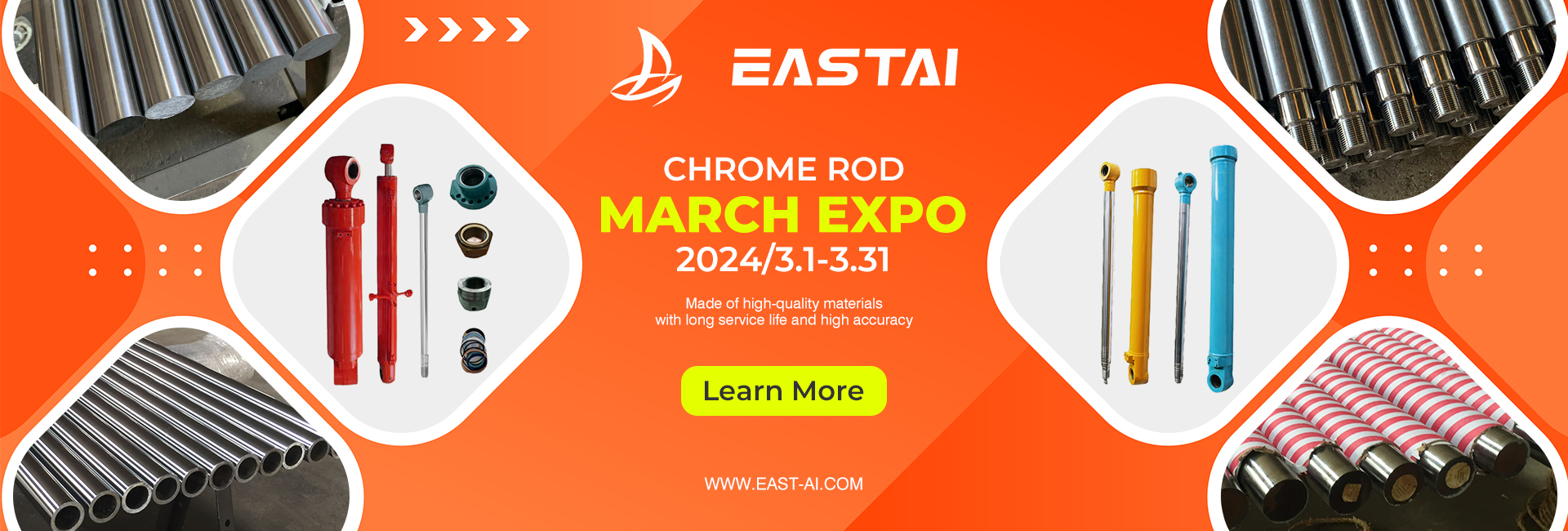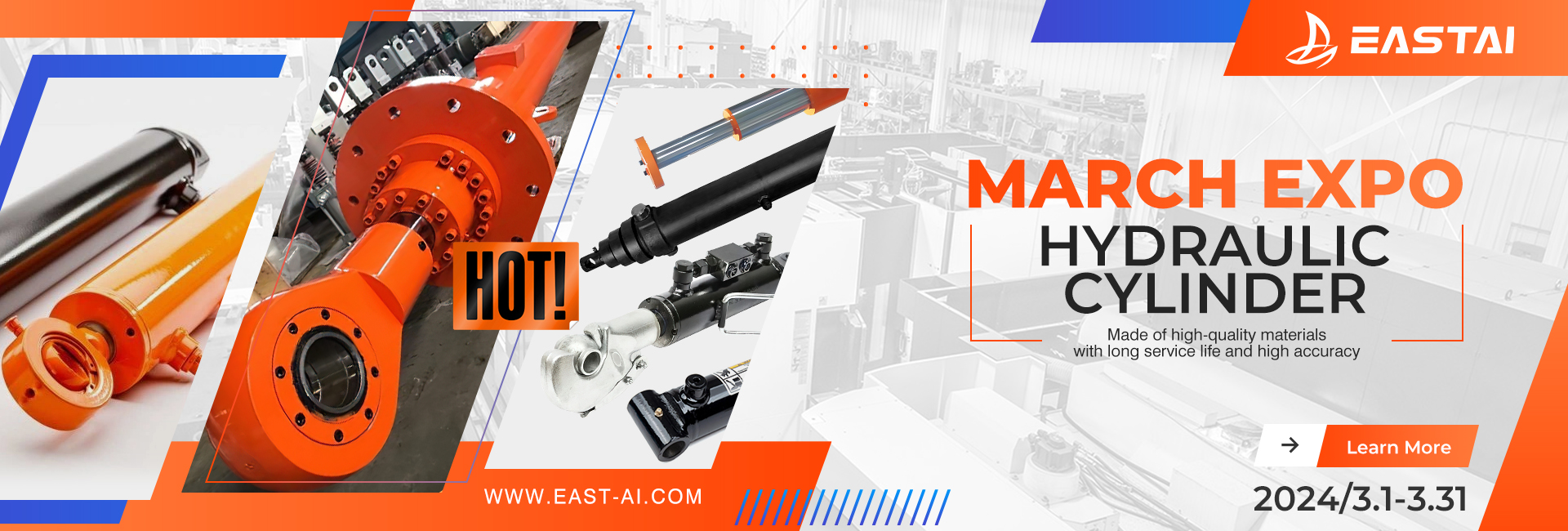Scraped Rolling Tube: Revolutionizing Manufacturing Processes
The manufacturing industry has witnessed significant advancements in recent years, with various technologies and innovations transforming traditional manufacturing processes. One such innovation that has gained traction in industries such as automotive, aerospace, and healthcare is the scraped rolling tube. In this article, we will delve into the intricacies of the scraped rolling tube, its features, working principle, applications, benefits, challenges, future trends, and more.
Features of Scraped Rolling Tube
The scraped rolling tube is a specialized component used in manufacturing processes that require precision and accuracy. It is typically made of high-quality materials such as stainless steel or aluminum, and its unique design allows for efficient and reliable performance. The scraped rolling tube consists of a cylindrical body with a hollow core, which is meticulously engineered to meet specific requirements. The tube is carefully manufactured to have a smooth and even surface, ensuring consistent performance in various applications.
The scraped rolling tube offers several advantages, including its ability to reduce friction, wear, and tear in manufacturing processes. Its smooth surface minimizes the need for lubrication, thus reducing maintenance costs and increasing overall efficiency. However, the scraped rolling tube also has some limitations, such as the potential for damage or wear due to excessive load or stress. Nevertheless, with proper care and maintenance, the scraped rolling tube can provide optimal performance in diverse industrial applications.
How Scraped Rolling Tube Works
The working principle of the scraped rolling tube is based on the concept of continuous rolling motion. As the tube moves along a specific path, it rolls smoothly on its outer surface, while the inner core remains stationary. This continuous rolling motion ensures that the tube moves without any friction or interference, allowing for precise and efficient performance in manufacturing processes.
The scraped rolling tube consists of various components, including the tube body, bearings, and supporting structure. The tube body is typically made of high-quality materials to ensure durability and long-lasting performance. The bearings are strategically placed along the tube body to facilitate smooth rolling motion, while the supporting
structure provides stability and rigidity to the entire system. The working of the scraped rolling tube involves a careful balance of these components, allowing for seamless motion and precise positioning in manufacturing processes.
The operation of the scraped rolling tube is controlled by a series of mechanisms that ensure smooth and efficient performance. These mechanisms may include motorized systems, conveyor belts, or other automated systems that drive the motion of the tube along the desired path. The tube’s design and surface characteristics, such as its smoothness and hardness, also play a crucial role in its functioning. The scraped rolling tube is designed to withstand the rigors of manufacturing processes and provide consistent performance over extended periods.
Applications of Scraped Rolling Tube
The scraped rolling tube finds applications in various industries, contributing to improved manufacturing processes and enhanced product quality. Some of the key applications of the scraped rolling tube are:
Automotive Industry
In the automotive industry, the scraped rolling tube is used in various manufacturing processes, such as forming, bending, cutting, and shaping of metal components. It is widely used in the production of automobile parts, such as exhaust pipes, chassis, and suspension components. The scraped rolling tube’s precision and accuracy contribute to improved product quality, reduced scrap rates, and increased productivity in the automotive manufacturing sector.
Aerospace and Aviation Sector
The scraped rolling tube is also utilized in the aerospace and aviation sector for manufacturing critical components such as aircraft wings, fuselage, and landing gear. The tube’s smooth rolling motion allows for precise shaping and forming of complex parts, ensuring high levels of accuracy and consistency. The use of scraped rolling tube in aerospace manufacturing processes contributes to improved efficiency, reduced lead times, and enhanced product performance.
Industrial Applications
The scraped rolling tube finds applications in various industrial sectors, such as construction, energy, and heavy machinery manufacturing. It is used in processes such as bending, rolling, and forming of metal components used in construction equipment, energy infrastructure, and other heavy machinery. The precise and efficient performance of the scraped rolling tube enhances the quality and durability of these components, contributing to improved product performance and reliability.
Medical and Healthcare Applications
The scraped rolling tube is also utilized in the medical and healthcare industry for manufacturing medical devices and equipment. It is used in processes such as shaping, forming, and cutting of medical components, such as implants, surgical instruments, and prosthetics. The tube’s accuracy and precision play a crucial role in ensuring the quality and performance of these critical medical components.
Benefits of Using Scraped Rolling Tube
The use of scraped rolling tube in manufacturing processes offers several benefits, making it a preferred choice in various industries. Some of the key benefits include:
Enhanced Efficiency and Productivity
The scraped rolling tube’s smooth and precise motion allows for efficient manufacturing processes, reducing lead times and increasing productivity. Its ability to minimize friction and wear also contributes to improved efficiency and reduced downtime for maintenance, resulting in higher overall productivity.
Cost-effective and Environmentally Friendly
The use of scraped rolling tube can lead to cost savings in manufacturing processes due to its ability to reduce the need for lubrication and maintenance. The tube’s durability and long-lasting performance also contribute to reduced replacement costs. Additionally, the reduced scrap rates and improved product quality result in cost savings and waste reduction. Furthermore, the scraped rolling tube’s environmentally friendly characteristics, such as its ability to reduce lubrication and minimize wear, make it a sustainable choice for manufacturing processes.
Precision and Accuracy in Manufacturing Processes
The scraped rolling tube’s smooth and even surface, combined with its precise motion, allows for accurate shaping, forming, and cutting of components in manufacturing processes. The tube’s design and performance ensure consistent and reliable performance, contributing to improved product quality and reduced rework or scrap.
Reduction in Maintenance and Downtime
The use of scraped rolling tube can
lead to a reduction in maintenance and downtime in manufacturing processes. The tube’s design minimizes friction and wear, reducing the need for frequent lubrication and maintenance. This results in increased uptime and productivity, as well as cost savings on maintenance and replacement parts.
Versatility and Flexibility
The scraped rolling tube is versatile and can be used in various manufacturing processes, making it a flexible choice for different industries. It can be customized to meet specific requirements, such as different sizes, shapes, and materials, making it adaptable to different applications. This versatility and flexibility make it a preferred choice for a wide range of manufacturing processes.
Improved Product Quality and Consistency
The precise motion of the scraped rolling tube ensures accurate shaping, forming, and cutting of components, resulting in improved product quality and consistency. The tube’s smooth and even surface reduces the chances of defects or irregularities in the finished products. This leads to higher customer satisfaction and reduced rework or scrap, contributing to overall cost savings.
Enhanced Safety in Manufacturing Processes
The use of scraped rolling tube can also contribute to improved safety in manufacturing processes. The tube’s design minimizes the risk of accidents or injuries caused by friction, wear, or improper motion. Additionally, the tube’s precise and controlled motion allows for safer handling and positioning of components during manufacturing processes, reducing the risk of human errors or accidents.
The scraped rolling tube is a critical component in many manufacturing processes, offering numerous benefits such as enhanced efficiency, cost-effectiveness, precision, and improved product quality. Its versatility and flexibility make it a preferred choice in various industries, including automotive, aerospace, industrial, and medical sectors. The tube’s smooth and precise motion, combined with its durability and environmentally friendly characteristics, contribute to improved productivity, reduced maintenance, and increased customer satisfaction. As manufacturing processes continue to evolve, the scraped rolling tube is expected to play an even more significant role in enhancing manufacturing efficiency and product quality.
Post time: Apr-14-2023




